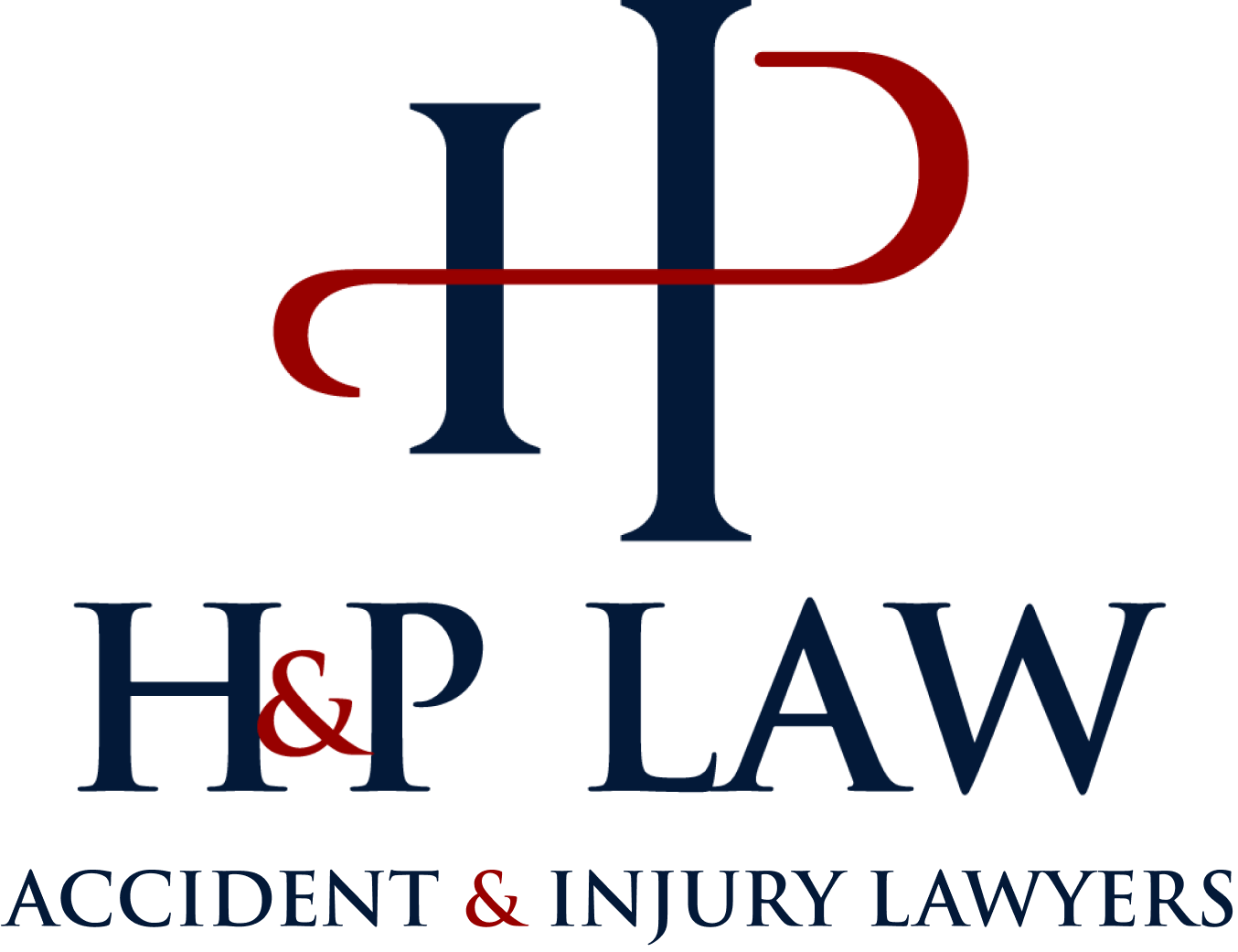
Whether or not you have ever been involved in a Nevada lawsuit, you have likely heard of the terms statute of limitation and statute of repose. While these two terms sound and act similar, they are important differences between them. Below is a basic explanation.
Statute of Limitation
Like most other states across the nation, Nevada’s legislature has enacted a statute of limitation that places a specific time limit on a party’s right to pursue legal action after suffering a wrongful act and resulting injury. Once this statutory deadline has passed, the injured person is barred from pursuing a legal claim unless a legal exception applies to the circumstances. This includes prohibiting the injured party from seeking monetary compensation or other relief through a civil lawsuit.
Generally, statutes of limitations begin to run on the date the injury occurs or when a wrongful act is committed. Oftentimes, however, this time period is paused or “tolled” until the injured party discovers the harm or wrongful act — or, should have discovered the harm through reasonable due diligence.
Statute of Repose
By contrast, statutes of repose typically expire on a specific date and the deadline cannot be paused simply because a plaintiff does not discover a claim until later in time. While the two statutes are similar in that they govern the time frame under which a lawsuit must be filed,the critical difference between the two is that statutes of repose cannot be tolled.
Many Statutes of Limitation
While many refer to this deadline as “the” statute of limitations there are, in fact, many statutes which impose time limits for filing lawsuits on civil actions. The window of time during which a lawsuit must be filed is dependent upon the underlying lawsuit – in other words, the type of “cause of action” upon which the case is based. To make things more complicated, there are multiple exceptions to the various statutes of limitation.
A small example of the different types of statutes of limitations in Nevada includes:
- Personal injury or negligence: Within two years from the date of injury.
- Products liability: Within two years from the date of the injury.
- Wrongful death: Within two years from the date of death.
- Medical Malpractice: Within the earlier of three years after the date of the omission or act that caused the injury or one year after the victim should have discovered the injury. If the medical malpractice resulted in a fatality, the deadline is two years from the date of death. If a minor child is the victim the deadline is three years, but changes to the child’s 10th birthday if the negligence caused brain damage or birth defects.
- Professional Malpractice: Within the earlier of four years after the injury or two years after the victim discovers – or should have discovered through reasonable diligence – the material facts for the cause of action. The time period is tolled, or paused, during any time that the error or wrongful act is hidden.
Seek Legal Help
If you or someone you know has been in Nevada due to the fault of another, contact the Las Vegas personal injury attorneys at Matt Pfau Law Group. We have years of experience fighting for the injured across Nevada. We will do the same for you, and seek the best possible outcome for your case according to the facts and the law.




